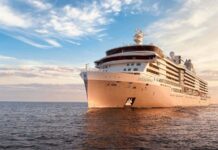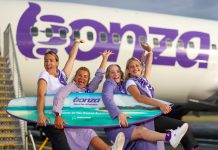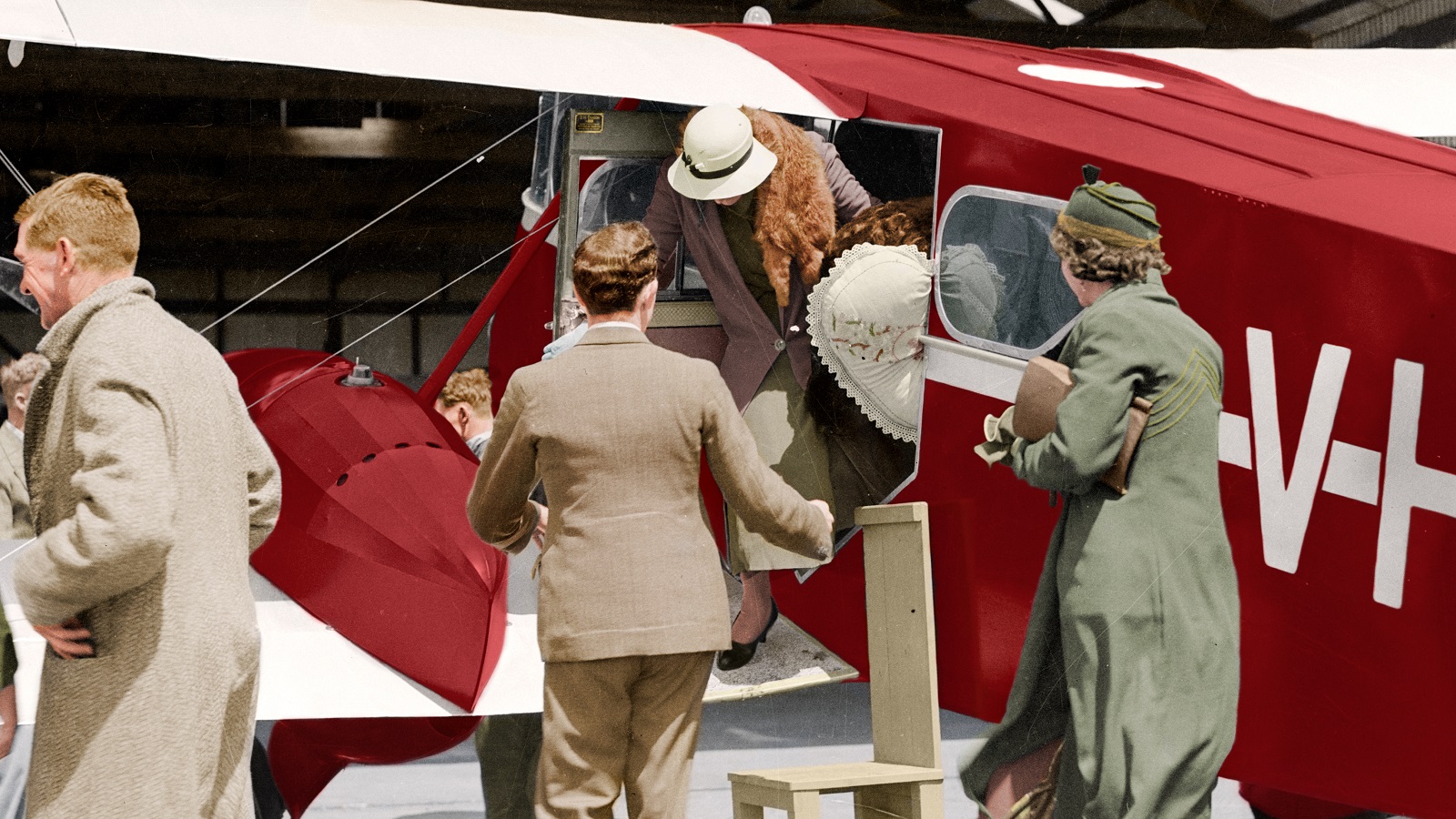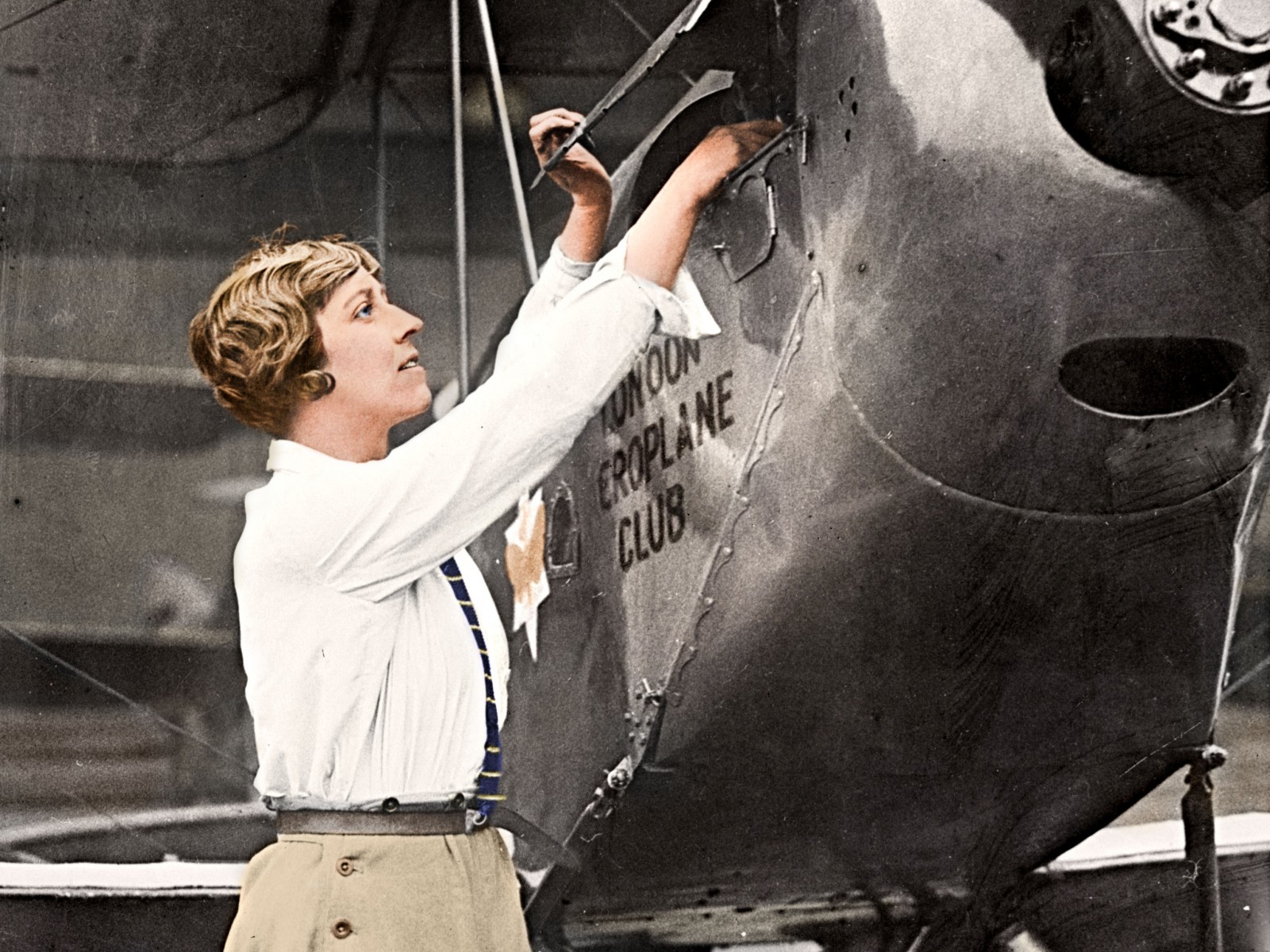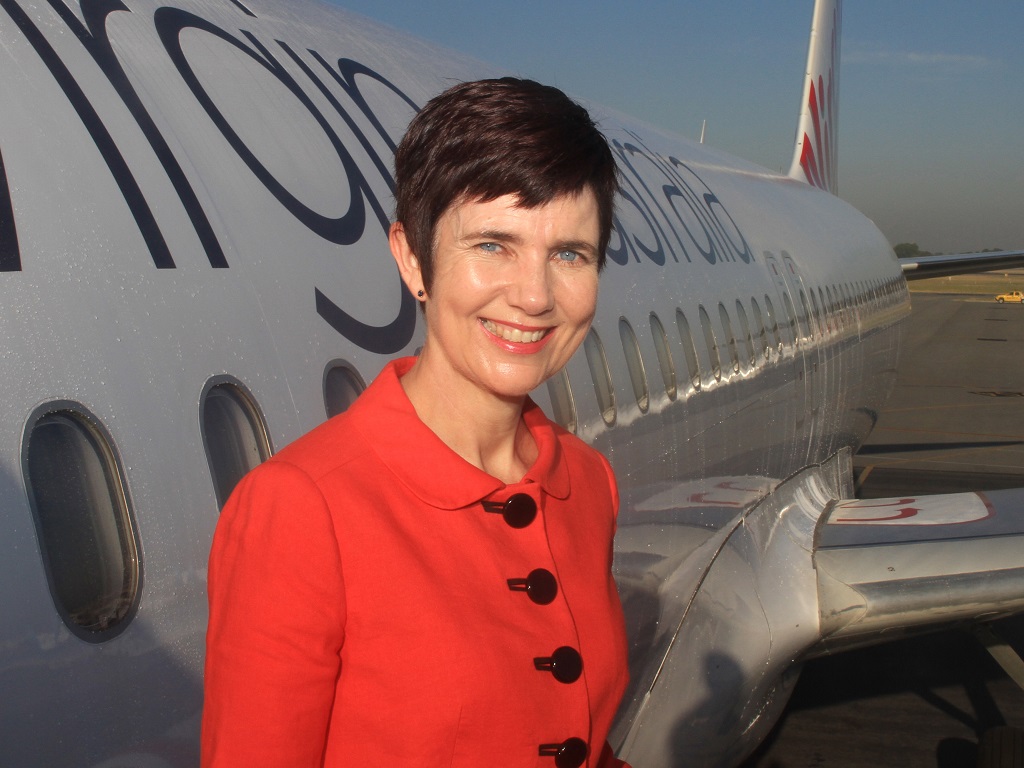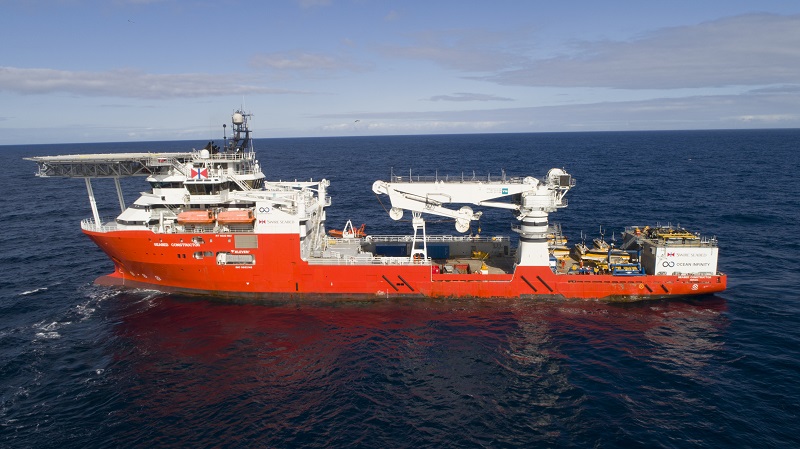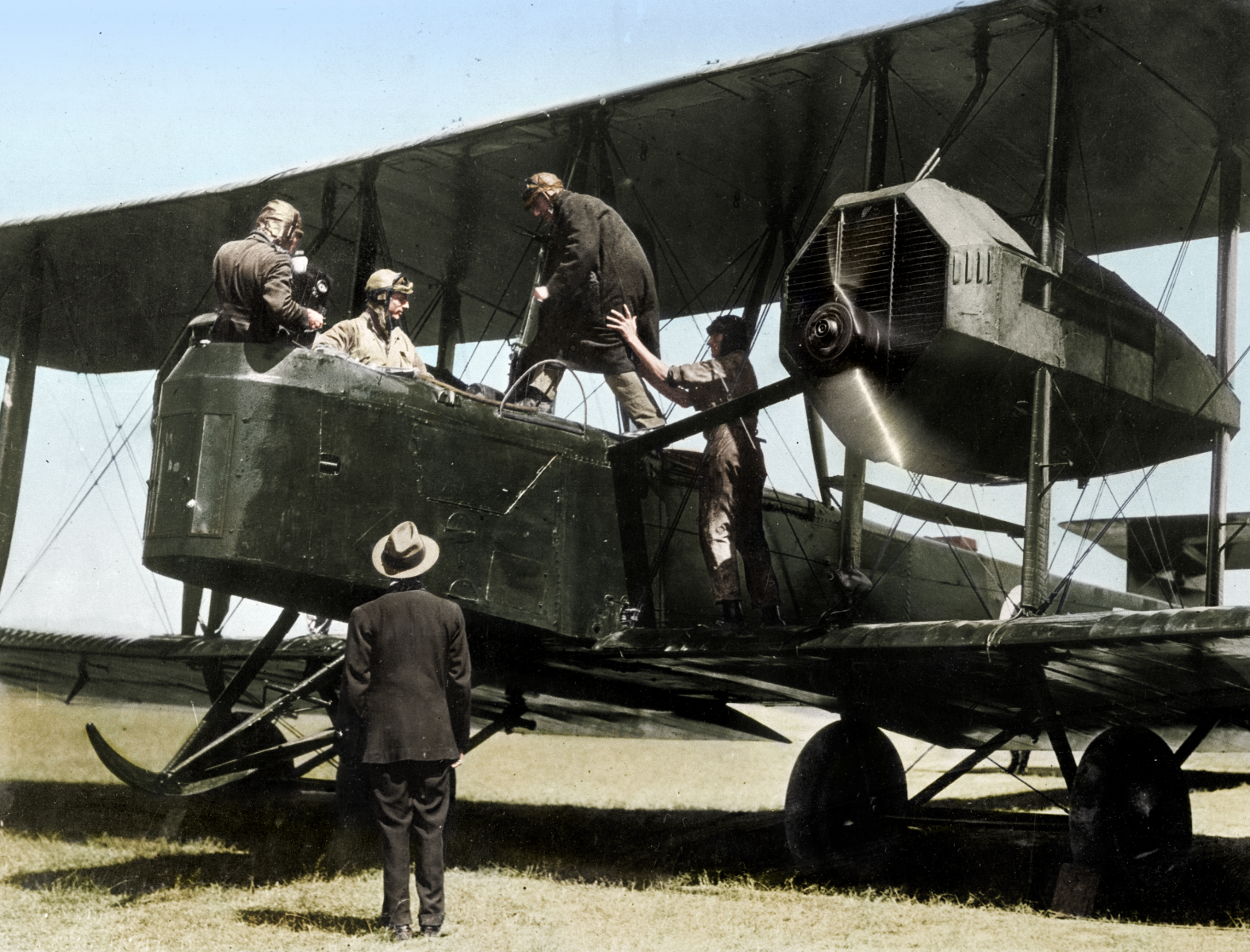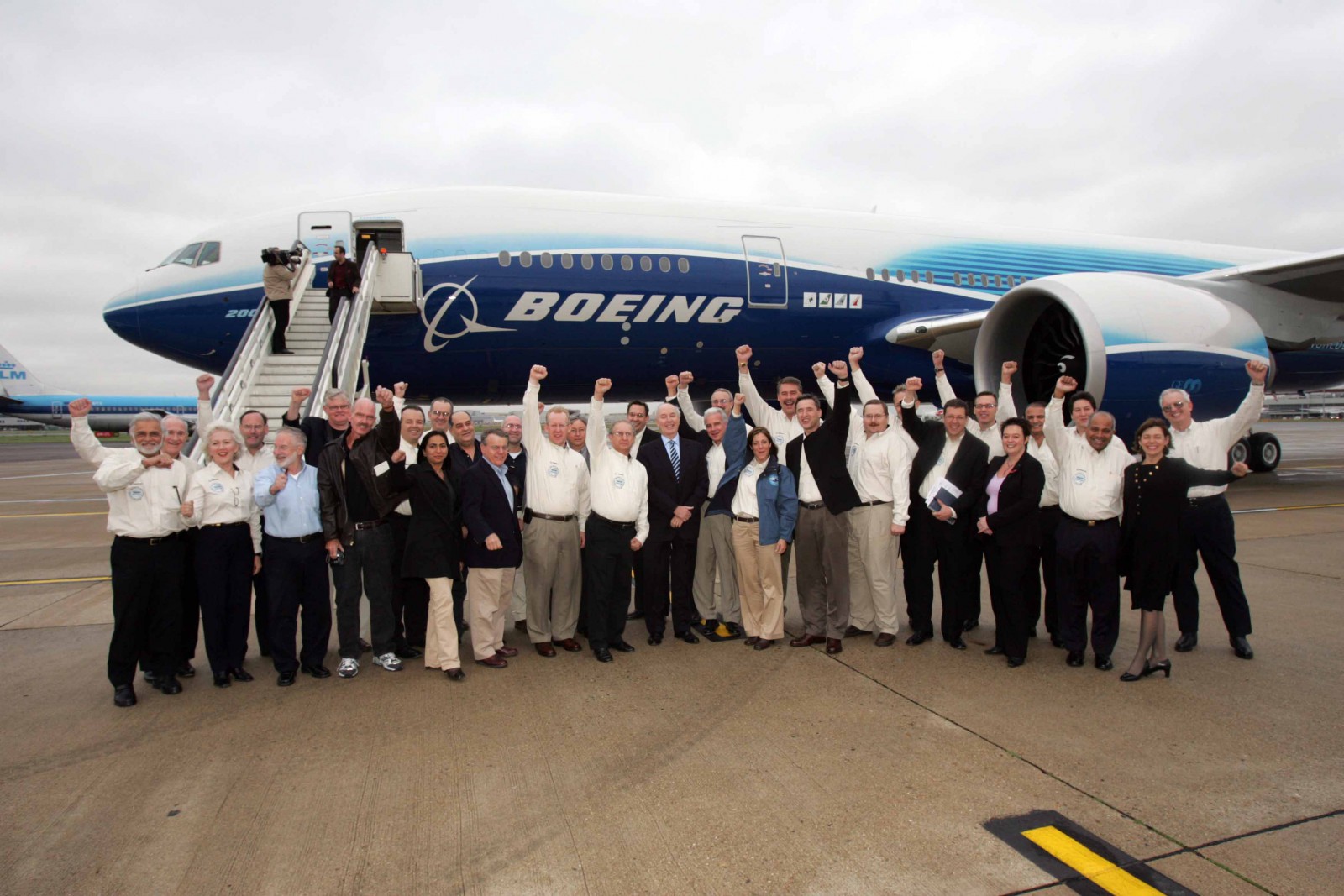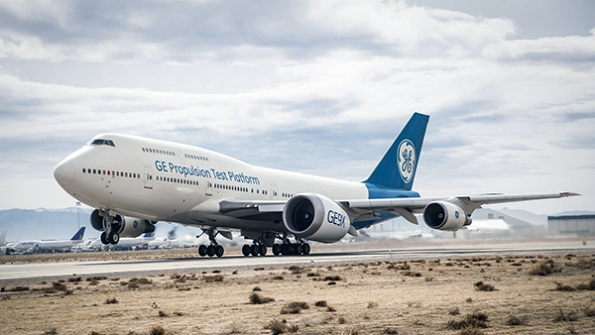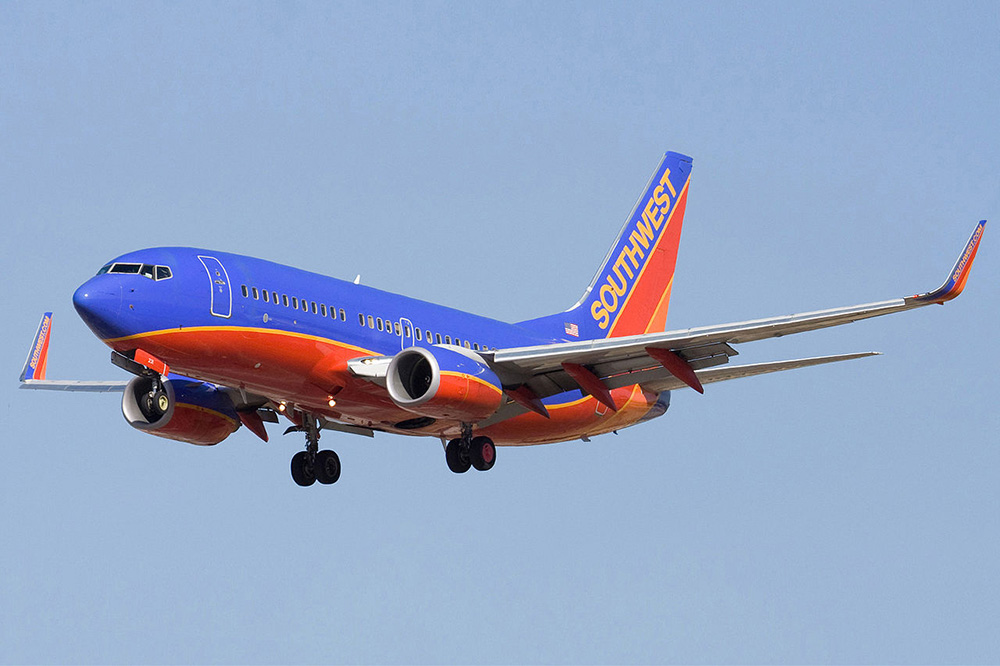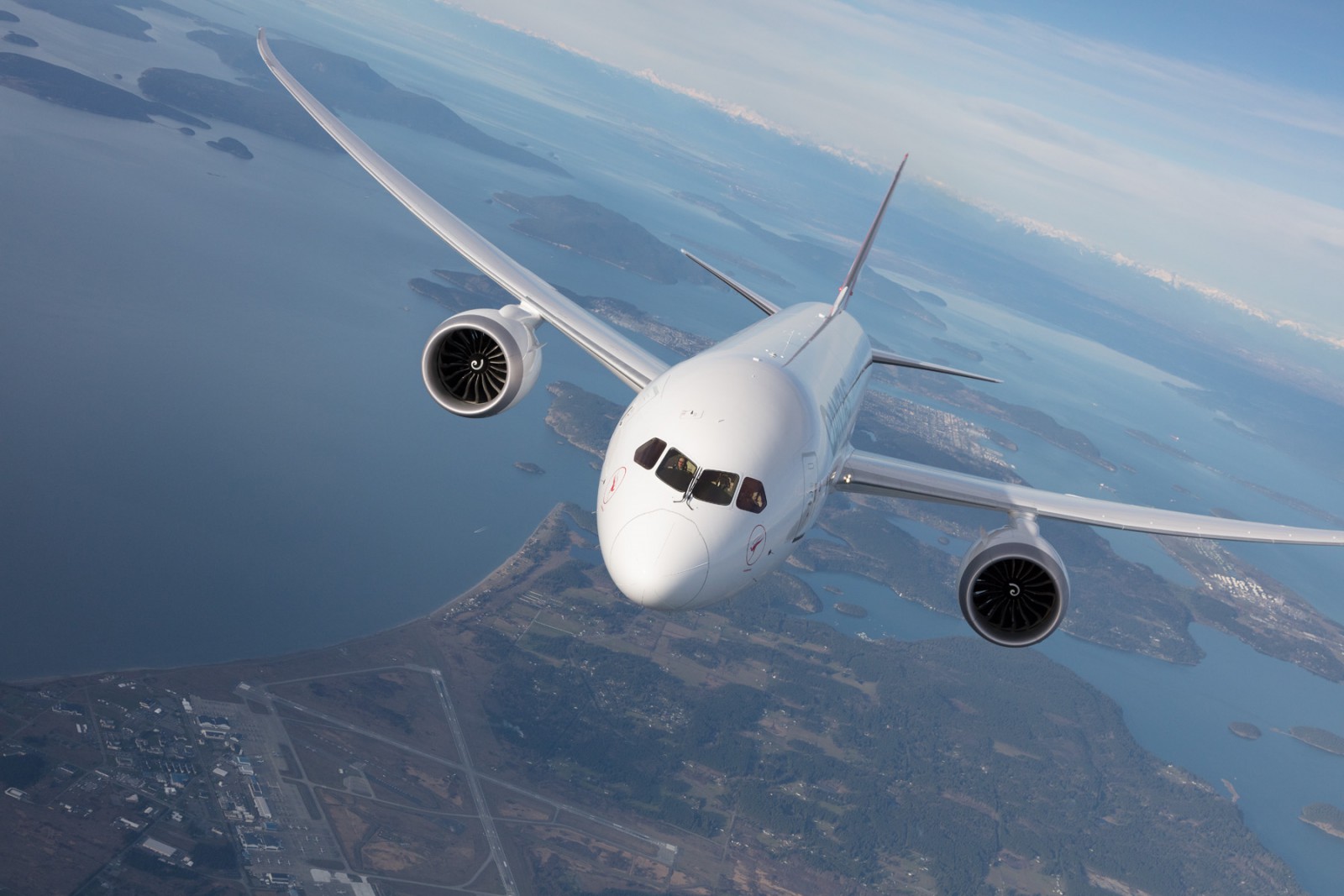The fuel-efficient Boeing 787 that will finally smash the tyranny of distance separating Australia and the UK will start its first service on Saturday, March 24.
The 236-seat Boeing 787-9 will take just 17.5 hours to travel non-stop between Perth and London and just over 15 hours to come back.
Read: Building the Qantas 787 Dreamliner
Passengers traveling in the ultimate flying machine will enjoy a new travel experience scientifically tailored to maximise their well-being.
That experience will be in stark contrast to the marathon journey -dubbed the tyranny of distance – before World War II, when the trip involved 37 stops over 10 days.
The first part of the journey from Perth to Darwin was undertaken by MacRobertson Miller Airlines in 6-10 passenger de Havilland DH-84s and later the slightly larger DH-86.
The hazards faced by MMA pilots flying that route were many and sometimes amusing, as detailed in Frank Dunn’s book “Speck in the Sky”.
They included the Port Hedland runway’s dual use as part of a golf course, with poles left in the putting greens and a decision to erect a racecourse fence at one end of the Carnarvon runway.
Weather and aircraft reliability were big enough issues to require an extra day to make the connection with the Qantas Short C Class flying boats which stopped at Darwin.

The British built flying boats were state-of-the-art and could carry 15 passengers in luxury.
At the time Qantas chief Hudson Fysh wrote: “Getting up out of his chair, a passenger could walk about and, if his seat was in the main cabin, stroll along to the smoking cabin for a smoke, stopping on the way at the promenade deck with its high handrail and windows at eye level, to gaze at the world of cloud and sky outside, and at countryside or sea slipping away below at a steady 150 miles an hour(214km/hour).”

He continued: “On the promenade deck there was also a practical, usable space where quoits or clock golf were played.”

According to John Gunn’s book The Defeat of Distance, “the meals were sumptuous. Grapefruit and cereals, egg and bacon, bread rolls with tea, coffee, or cocoa for breakfast; then later, roast mutton with peas and potatoes, or a choice of ham, pressed beef, or ox tongue with salad, followed by Peach Melba, a cherry flan, or cheese and fruit.
“Looking after the passengers were the pleasant and polite stewards, aerial pioneers of personal care and service. The big boats were a delight to operate for the pilots too, both in the air and on the water. They were much more comfortable, with more crew space, and had better communications as well as the new automatic pilots.”
There was no night flying and passengers overnighted in the most luxurious hotels available, although in Western Australia the accommodation was basic at best.
The return fare was about $820 dollars – the equivalent of two years minimum wages.
This made flying before WWII something restricted to the rich and famous and quite an event.
The papers of the day in Perth would announce in the public notices the passengers that were arriving or departing.
During the war, the link with the UK was kept open initially by four Catalina flying boats that were based at Crawley and flew up to 30 hours non-stop to Sri Lanka.
Qantas mechanics dubbed the operation the Kangaroo Service, later renamed the Kangaroo Route, because of the great hop from Perth to Sir Lanka.
The name stuck although the first aircraft to carry the familiar kangaroo were Consolidated Liberator bombers that were also used for passenger flights.

The immediate post-war period saw Avro Lancastrians, a passenger conversion from the Lancaster bomber, pressed into service while airlines waited for delivery of planes such as pressurized, four-engine Lockheed Constellations.

The Constellations were a quantum leap forward in every aspect.

Tourist – or economy class – was introduced in 1954 on what became known as the Kangaroo Route and within two years accounted for 44 percent of passengers.
Introduction of the faster, longer-range Super Constellations cut the four-day traveling time to Australia to 54 hours and 30 minutes. The “tyranny of distance” was being eroded.

These aircraft were pressurized and could fly above a lot of the weather making for a smoother ride but vibration and noise from the engines was a major issue.
The jet age saw Qantas and opted for the Boeing 707 while its partner on the Kangaroo Route – BOAC – also opted for Comets and VC-10s.

The introduction of more powerful turbofan jet engines in the early 1960s enabled greater range so fuel stopovers such as Darwin could be dropped.
However, the journey was still 27 hours with five stops.
Jets were able to fly much higher – up to 40,000ft – and thus could avoid the worst of the weather.
The smoother flights spawned many publicity shots of children building houses out of cards or matchsticks to highlighting the lack of bumps or vibrations.

The 1970s saw the arrival of the Boeing 747 “jumbo jet”, an aircraft whose economics opened up travel to many more people, but two stops were still required to get between Australia and the UK.

The first 747s featured a First Class lounge on the upper deck which was not initially certified to seat passengers for take-off or landing.
READ: Boeing’s jumbo plane kingdom

Boeing’s 747-400 with more powerful and economical engines in 1989 enabled British Airways and Qantas to offer one-stop flights on a year-round basis in both directions.
The flying time was now down to 22 hours from Perth to London.
While aircraft such as Boeing’s 777-200LR has been able to operate non-stop over similar and even greater distances since 2006 it is the economy of the latest generation of aircraft such as the Boeing’s 787-9 and the Airbus A350 that makes these routes viable.
For instance, the 236-seat Qantas 787-9 burns 34 percent less fuel per passenger than the airlines 484-seat A380 according to a Merrill Lynch report.

The carbon fiber construction of these new aircraft allows for lower cabin altitude and higher humidity that virtually eliminate the worst impacts of jet lag.
This makes longer non-stop journeys much easier on the body as the “tyranny of distance” is finally defeated.
And rather than two years wages, a return economy seat on the 787-non-stop service will cost about 1 week’s average salary for an Australian and 1.5 weeks salary for a British resident.



